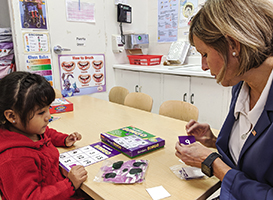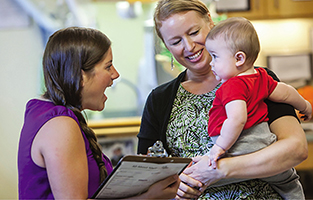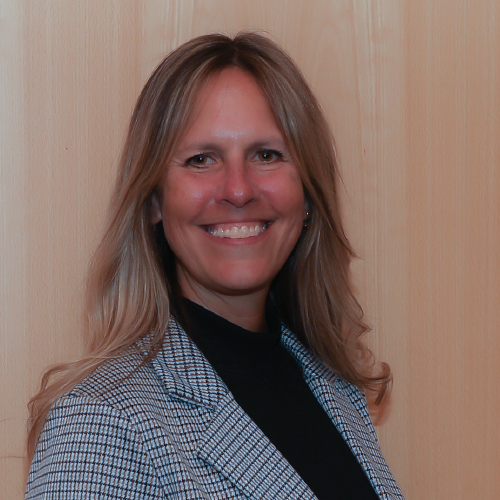What Head Start Can Teach Us About Engaging Families
January 01, 2021
“If you’re pointing your finger outside to find blame for student failure, turn that finger back at yourself. Find a solution. No child will be left behind.”

Deborah Bergeron, director of the national Offices of Head Start and Early Childhood Development, hopes to greatly expand collaboration between public schools and Head Start programs. PHOTO COURTESY OF DEBORAH BERGERON
During my time as a school administrator during the height of No Child Left Behind and its emphasis on standardized testing, I uttered the essence of that point (or maybe those exact words) on multiple occasions.
My intentions were good. After all, don’t we become educators to help every child succeed? I rallied teachers, created data analysis teams, devised personalized learning plans and identified alternate paths to graduation for the students who were struggling the most.
As I reflect on the work from that period, I recognize parents, not just educators, were always part of the solution.
This Content is Exclusive to Members
AASA Member? Login to Access the Full Resource
Not a Member? Join Now | Learn More About Membership
Author
Where Family Engagement in Lesson 1

I believe everything you need to know about family engagement can be learned at Head Start. The key actions are at the building level, but the school system leadership must set the tone and the standards and provide the support to carry them out.
Flip the school model from “school serves child” to “families collaborate with schools.” Allow the school to be a facilitator for building thriving families. For superintendents, this means creating strong relationships with community-based organizations and other social services throughout the community.
This is not just a referral connection. Perhaps you find space in your district to house, for example, an office for the Women, Infant and Children’s nutrition program. The strength you help to build at the family level will follow students long after they leave your school system.
Trust parents to know their children and what is best for them. This requires a sincere belief that parents want for their children what you want for yours. School boards often consist of parents involved in making important school-related decisions. However, they also usually represent your most advantaged families. Administrators can support school-level parent boards to make decisions about curriculum, hiring and even budgets.
Train teachers, starting with their higher education field work, to be more comfortable with parents. Teachers should see parent support as a way of supporting the children they serve.
Empower parents to be their child’s best example. Parents can be your best advocate and a child’s most significant influence. Think of this as “power with,” not “power over.”
Support parents when they need it, connecting them to community resources that can strengthen their families. Your schools can be a hub for the entire community, providing connections to training, employment and other vital supports.
Accept families for who they are and strive to find common ground. Always start by getting to know the hopes and dreams they hold for their children. This work will happen at the school level, but school system leadership sets the tone for this approach, sending clear messages that the system’s standard is based on parents being a child’s first and most important teacher.
Embrace the belief that parents are a child’s first and most important teacher. That doesn’t change when the child turns 5 or 16.
— Deborah Bergeron
Collaborating with Head Start
The Head Start office nationally is seeking to work with local school districts on something it calls the Collaboration Demonstration Projects to redefine family engagement.
The organization wants to hear from superintendents of districts receiving Head Start children.
Collaboration Demonstration Projects connect the work of local Head Start programs to their local school districts, focusing on family engagement, data sharing and professional development.
To learn more about the initial Collaboration Demonstration Projects, check out this video or follow #LeadersinSchoolReadiness on Twitter.
To get involved with your local Head Start program, contact Amanda Bryans.
Advertisement
Advertisement
Advertisement
Advertisement



.png?sfvrsn=3d584f2d_3)
